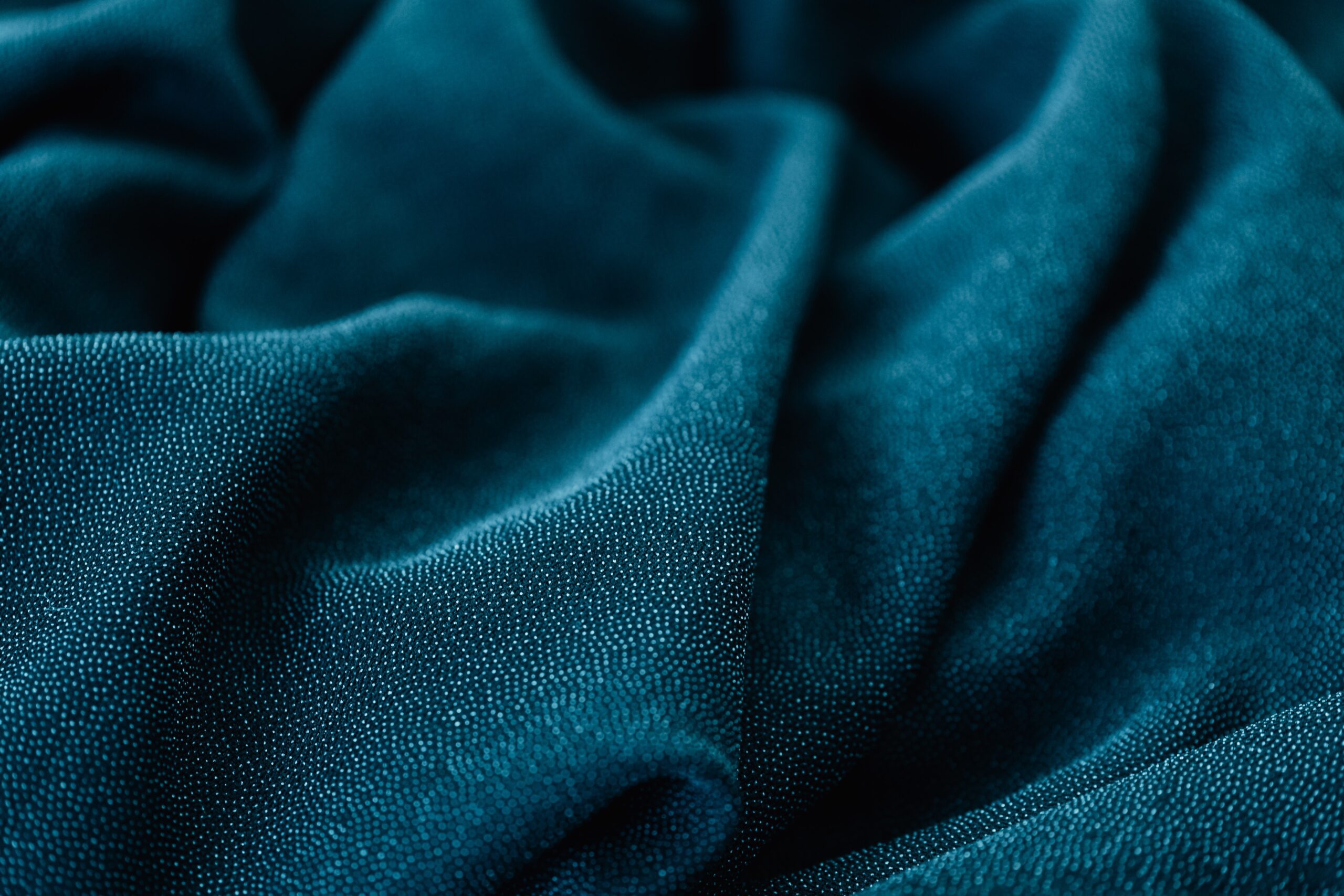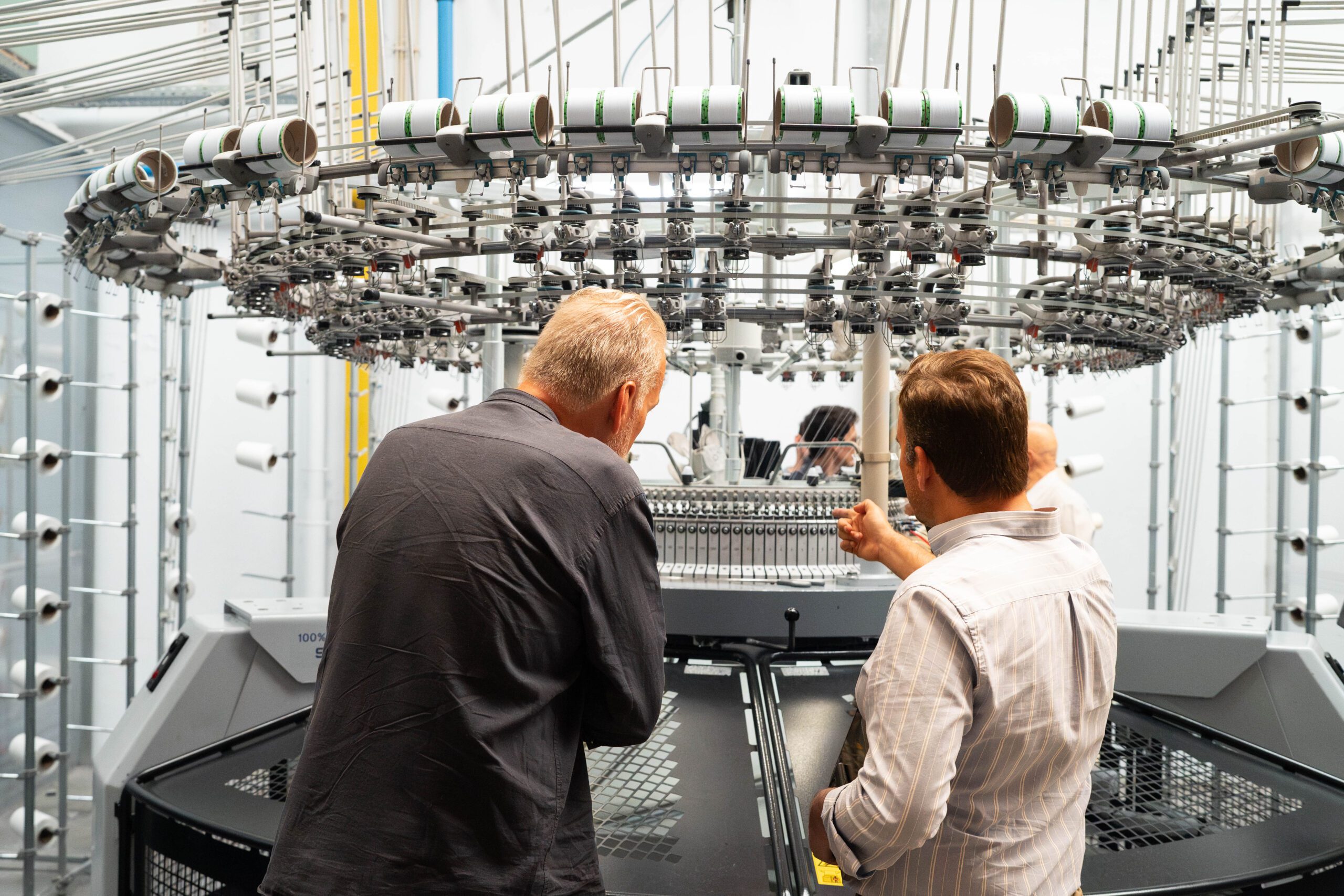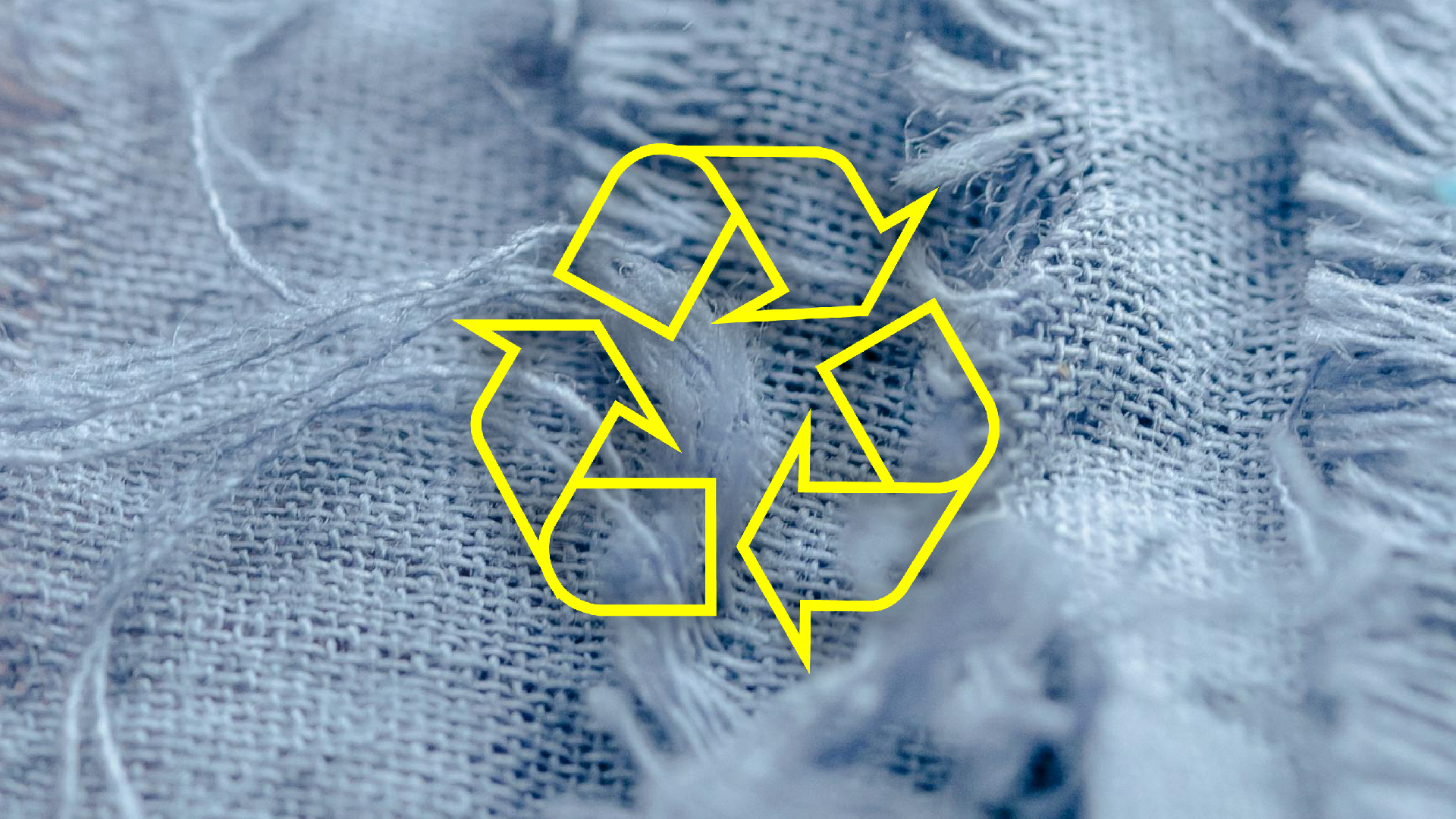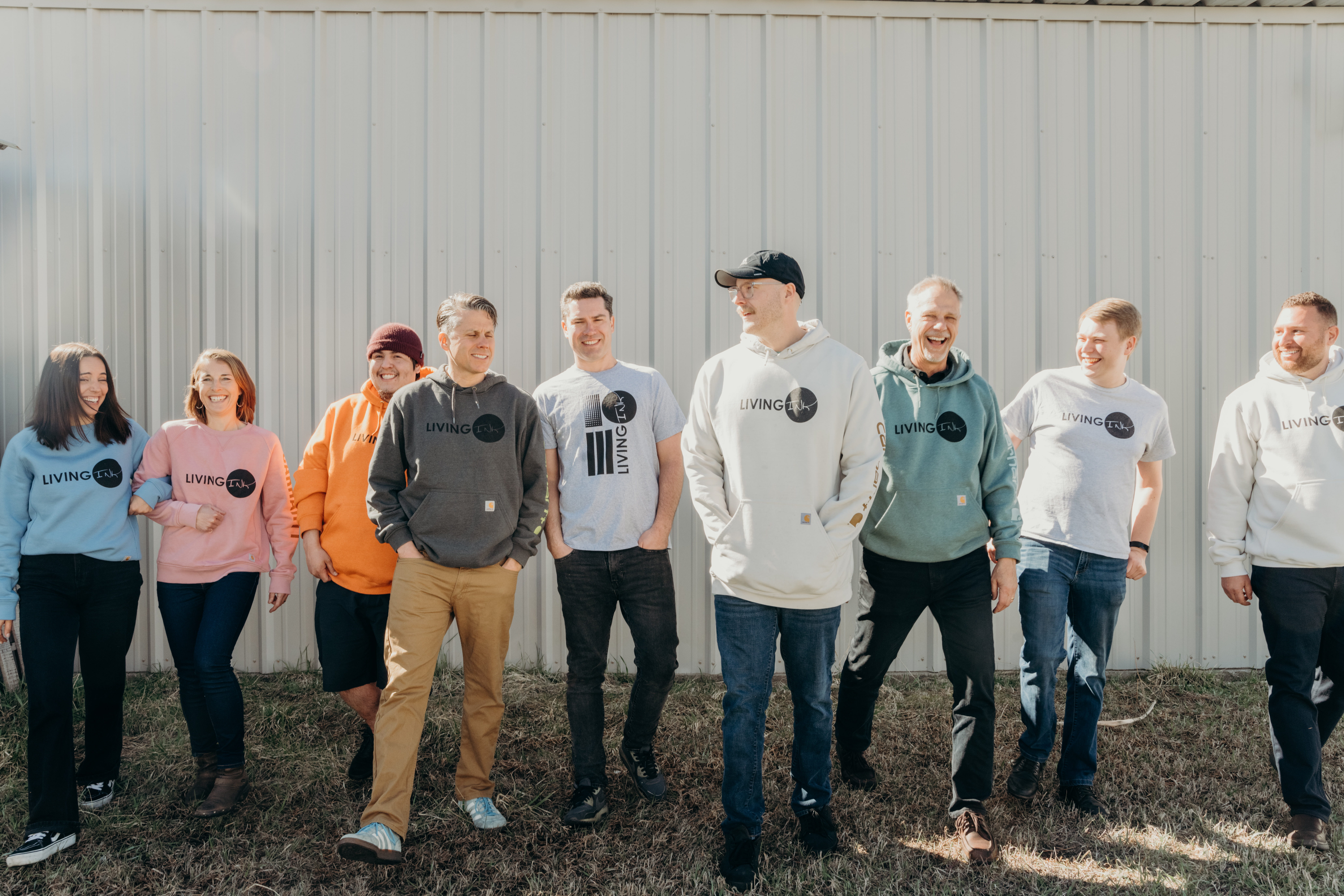In Conversation with TextileGenesis: The Innovator Creating Transparent Supply Chains
Founder and CEO at TextileGenesis
Amit Gautam, founder and CEO of TextileGenesis. Image by TextileGenesis.
13 July 2023
Can you tell us about Textile Genesis, how it started and what the organisation does?
Textile Genesis is a traceability platform that creates complete traceability from fibre origin, like organic cotton and recycled polyester, all the way up to retail, using digital tokens. We started at the end of 2018/beginning of 2019 when I was still working at Lenzing, with the aim to differentiate the traceability of sustainable certified material versus conventional commodity products.
What problem is your innovation solving? Why is your innovation needed?
The key problem we are solving in the fashion and textile industry is what we call the 95% traceability gap. What we mean by that is that the top hundred fashion brands have set a clear target of 100% percent sustainable and traceable materials by 2025, but 95% of the same top hundred fashion brands have no visibility beyond Tier 21. Of course, they know the Tier 1, the direct supply, sometimes they know the fabric mill, but anything beyond that is a black box. That’s the core value proposition that we’re trying to address in the fashion and textile industry: to offer traceability across the supply chain.
Can you explain how the TextileGenesis traceability platform works?
The core innovation that we brought to the fashion industry is what we call Fibrecoin, which is a digital twin for every sustainable certified or differentiated material at the point of origin. So 1 kg of fibres becomes 1 Fibrecoin. And as the fibre is transformed to yarn, yarn to fabric, to finished garments, those tokens are passed along the chain, taking into account the production loss and creating full digital traceability, eliminating the need for any PDF, paper-based transaction certificates or paper proof, which has been the bread and butter of the industry for the last several decades. Recently, we have also launched a new module ‘Supply Chain Discovery’ that goes more product backwards for conventional materials.
What have been the biggest challenges so far in TextileGenesis journey to scale?
First of course finding the top performing team, whether it’s in technology, customer engagement, or on the commercial side. Finding the right people, retaining people, making them grow and giving sufficient opportunities it’s one of the biggest challenges. Thankfully, we are in a market that is eagerly waiting to have a traceability solution, primarily driven by the desire to have a traceable supply chain.
What have been the biggest successes so far?
First of all, we work with close to 75 of the leading global brands that collectively drive close to 250 billion sales, and that’s a huge impact in the market. Moreover, we work very closely and deeply with major standards in the industry, such as Textile Exchange, our global traceability partner, US Cotton Trust Protocol and Supima Cotton. And we work with 98% of all ‘green shirt” Canopy rank players in the industry like Lenzing, Birla, Renewcell’s Circulose® and Eastman’s Naia™. This means that a significant part of what we would call sustainable materials are already on our system at source, so not at Tier 3 but active at Tier 4 and Tier 5, and we have been able to build this very special ecosystem. This ecosystem is the core of our strength and success: bringing together fibre producers, at the beginning of the supply chain, and brands at the end of the supply chain.

Image by Karolina Grabowska via Pexels.
What is one lesson you’d pass on to other entrepreneurs working in this industry?
One of the key lessons for entrepreneurs in this industry is to be bold and unafraid. It’s not an easy path. Entrepreneurship is never easy, but especially in an industry that’s going through a lot of changes and transitions, macroeconomic environments can change very fast. Being bold, unafraid and punching above your weight is very important, because if you’re small, you have to find ways that you can punch above your weight, which means disproportionately more impact relative to your size.
What are the biggest hurdles the industry has yet to overcome?
First, I think one of the biggest hurdles the industry has to overcome is to drive more innovative partnerships and collaborations across the supply chain. Because this industry traditionally has done a lot of transactional sourcing, so the relationship between brands and suppliers historically is more of a buyer-seller relationship. It’s not a deep engagement, and definitely not a deep engagement across the supply chain. But the good news is that we are seeing increasingly more and more brands partnering with fibre producers, with sources of material at Tier 4 and Tier 5. It was unthinkable just 5 or 10 years ago that brands would invest in a company that does innovation in cotton or does innovation in recycled synthetics. It’s great to see new collaboration models coming up.
What role does collaboration play in bringing innovations to scale?
The fashion and textile industry is one of the most fragmented industries on the planet. The global fashion industry is around 2.4 trillion. It’s double the size of the electronic industry, at 1.2 trillion, and even bigger than the global automotive industry, at 2.2 trillion. However, the market share of the top 10 brands in fashion and textile is less than 10%, whereas the automotive and electronic are 80 or 90%. So it’s one of the most fragmented industries, and therefore, any change that has to happen in fashion and textiles, you need to drive collaboration across the whole ecosystem, across a very long value chain, working closely with the standard owners, key industry influencers, key industry associations or innovation platforms, like Fashion for Good, and then of course working closely with the brands and retailers.
What changes would you personally like to see in the industry in the coming years? What opportunities are you excited about?
I would like to see new partnerships across the value chain, much stronger commitments and follow up on those commitments. We have seen brands make certain commitments and then push those commitments to three or five years later, especially around sustainability. I think giving commitments and following up on them is quite important. Bringing a more equitable supply chain, because this is a supply chain where you see quite some large differences in fair wages across the world and lack of representation of the female workforce.
Regarding opportunities, I’m excited about material innovation. New companies are coming up with different material innovations everyday, from mushrooms, to algae and food waste. I think that’s really exciting. The second opportunity I’m excited about is the whole concept of a more resource efficient value chain. Yesterday, I was looking at this innovation in India where someone has invented a waterless washing machine, where they have a low pressure or low temperatures steam and some radio frequency to remove the dirt. Whatever we can do to lower the impact of the supply chain from carbon energy to waste water, that’s another great opportunity. And then how can we close the loop and how can we bring the end of use products back into the supply chain.

Image via Unsplash.
When looking at the impact of your technology, which area are you most focused on addressing and can you speak a bit more about how your technology is net positive for the planet?
Sustainability and traceability, from my perspective, are two sides of the same coin. There is no brand that can make a credible sustainability claim without underpinning it with traceability. It’s just not possible. So whenever you say, “I’m trying to reduce impact in my supply chain” or “I use sustainable materials”, the very next question is: “what is your supply chain, which materials are you using and how are they tracked?”
We are building a technology highway on which the majority of sustainable materials are tracked, and so it’s almost like building a highway where only electric cars are allowed, while keeping petroleum and diesel cars out of this technology highway. Our goal is to bring sustainability and traceability extremely close together.
What’s next for Textile Genesis?
We are quite excited about the growth opportunities. We are expanding our team in Europe and in the US. In three to four months, we are releasing a version 2.0, a major upgrade to our system, that will bring significant new features and functionalities, bringing all the standards that we work with in a more harmonised manner. We’re also excited about continuing to expand the ecosystem, which is actually working very closely with brands, fibre producers and all the suppliers in between.
How has Fashion for Good played a role in your journey so far?
We joined the Fashion for Good Programme in 2020, and I would say it was one of the pivotal moments in our journey. The moment we started working with Fashion for Good, immediately we had a pilot, working closely with Kering Group and BESTSELLER, and three years later, both of them are still core customers. That kind of deep engagement was only possible because we are working closely with Fashion for Good. Fashion for Good will always have a special place in my heart, because you have really helped us to accelerate that journey and you supported us in this journey. We are very proud to be part of the Fashion for Good’s network and also support your innovators and the future innovators in every possible way.
Lastly, what advice would you give to consumers trying to be more sustainable?
I think consumers just have to put their wallet where their mouth is. We see lots of research showing that consumers actually want to be more sustainable, but sometimes they are not willing to pay. My advice for consumers is to be more conscious of their purchasing decisions and try buying from brands that are actually authentic and truly sustainable. Perhaps also purchase products that last longer, instead of the use and throw away mentality that consumers have got used to. It also requires consumers to change their purchasing behaviours and then focus more on the impact that their buying decisions have on the environment.
1 The textile industry’s supply chain is commonly represented in four Tiers, which are used to describe the production process from raw material extraction to the finished product. Tier 4 includes the cultivation and extraction of raw materials from the earth, plants or animals. Tier 3, the processing of raw materials into yarn and other intermediate products. Tier 2, which is often referred to as material production, is the processing stage. Tier 1 is the assembly and manufacturing of the final products. Tier 0 is retail and distribution centres.
Video Interview
Other Articles

In conversation with Smartex: Explore Smartex’s AI-driven solutions transforming quality control and reducing waste

Fashion for Good and Textile Exchange Team Up to Trace Textile Waste

